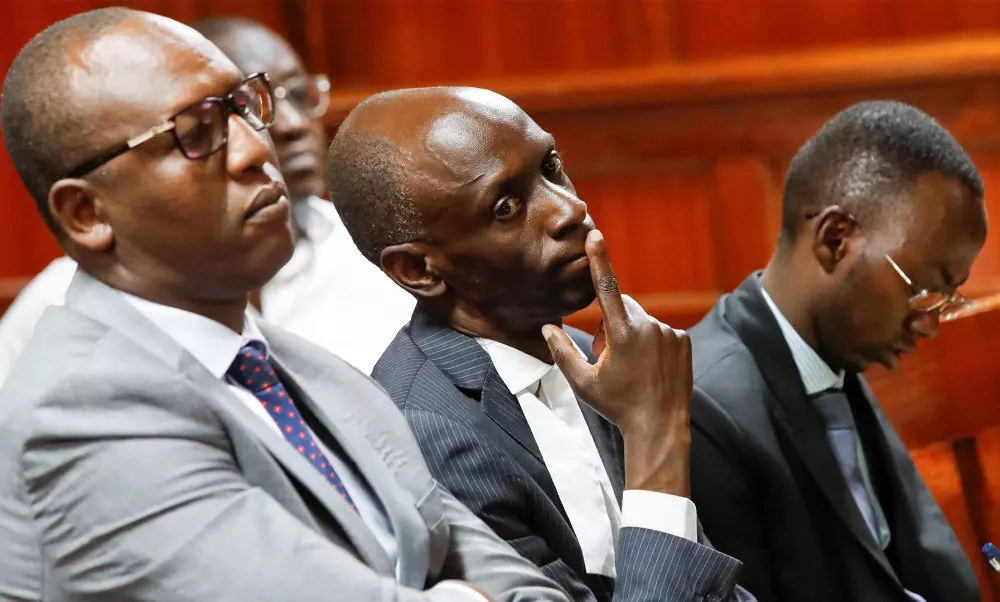Aid Groups Face Challenges Adapting To Ecuador's Increased
Violence
Four months have elapsed since Ecuador was thrust into
turmoil by an unprecedented surge of violence, compelling President Daniel
Noboa to declare a state of emergency and impose a nightly curfew. Yet, despite
these measures, security continues to erode, propelling the nation into a
multifaceted humanitarian crisis that aid organizations grapple to confront.
Once viewed as a haven in South America, Ecuador now finds
itself grappling with a surge in violence that rivals conflict zones like Syria
and Lebanon. The International Rescue Committee (IRC) has even included it on
its list of deteriorating humanitarian crises.
The escalation began when a prominent criminal leader
escaped from prison, triggering a wave of bombings, kidnappings, and brazen
attacks on public institutions. Despite governmental efforts to combat drug
gangs, including military intervention in lawless prisons, violence has only
intensified.
The COVID-19 pandemic exacerbated existing socio-economic
challenges, leaving many Ecuadorians financially strained and vulnerable to
exploitation by gangs. As informal employment plummeted and social services
faltered, youth became easy targets for recruitment, further fueling the cycle
of violence. For Roberto Paguay, a taxi driver in Guayaquil, the shift from a
peaceful nation to one plagued by violence has been stark and distressing.
Underlying this crisis are deep-rooted economic, political,
and social factors that have created fertile ground for violent crime to
flourish. The pandemic facilitated the entrenchment of local gangs, forging
alliances with transnational criminal organizations to control lucrative drug
routes. The assassination of a prominent journalist and the revelation of
corruption within the authorities underscored the extent of the crisis.
Faced with economic hardship and insecurity, many
Ecuadorians are opting to leave the country, joining the ranks of migrants
seeking refuge elsewhere. The exodus has strained neighboring nations and highlighted
Ecuador's failure to provide safety and stability for its citizens and migrants
alike.
Meanwhile, aid organizations struggle to navigate the
increasingly perilous landscape. Violence against humanitarian workers has
escalated, necessitating enhanced security measures and community engagement
strategies. The IRC and others have adapted their approach, drawing on
experiences from conflict zones to identify and respond to emerging security
threats.
The situation is further complicated by environmental
crises, such as flooding and disease outbreaks, exacerbating existing
vulnerabilities and amplifying the need for humanitarian assistance. Despite
the growing urgency, Latin America often remains overlooked in global aid
priorities, leaving organizations to contend with limited resources and
escalating needs.
As Ecuador grapples with its "new normal" of
heightened violence, aid agencies are mobilizing to provide essential services
and support to affected communities. However, the road ahead is fraught with
challenges, requiring sustained international attention and investment to
address the root causes of the crisis and build resilience in vulnerable
populations.










.jpg)